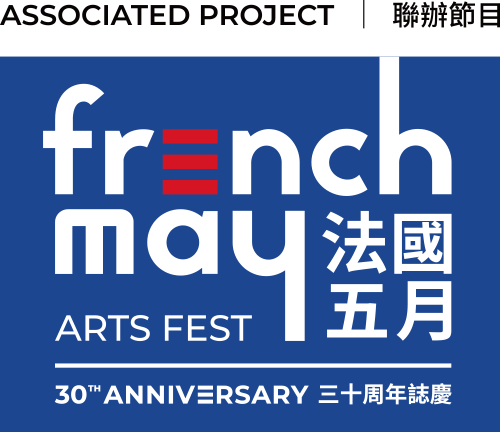Hong Kong
Exhibition: Here, No Balloon – Yuki Onodera Solo Exhibition
在此,沒有氣球 – 奧諾黛拉有機個人展覽
12 May – 10 June 2023
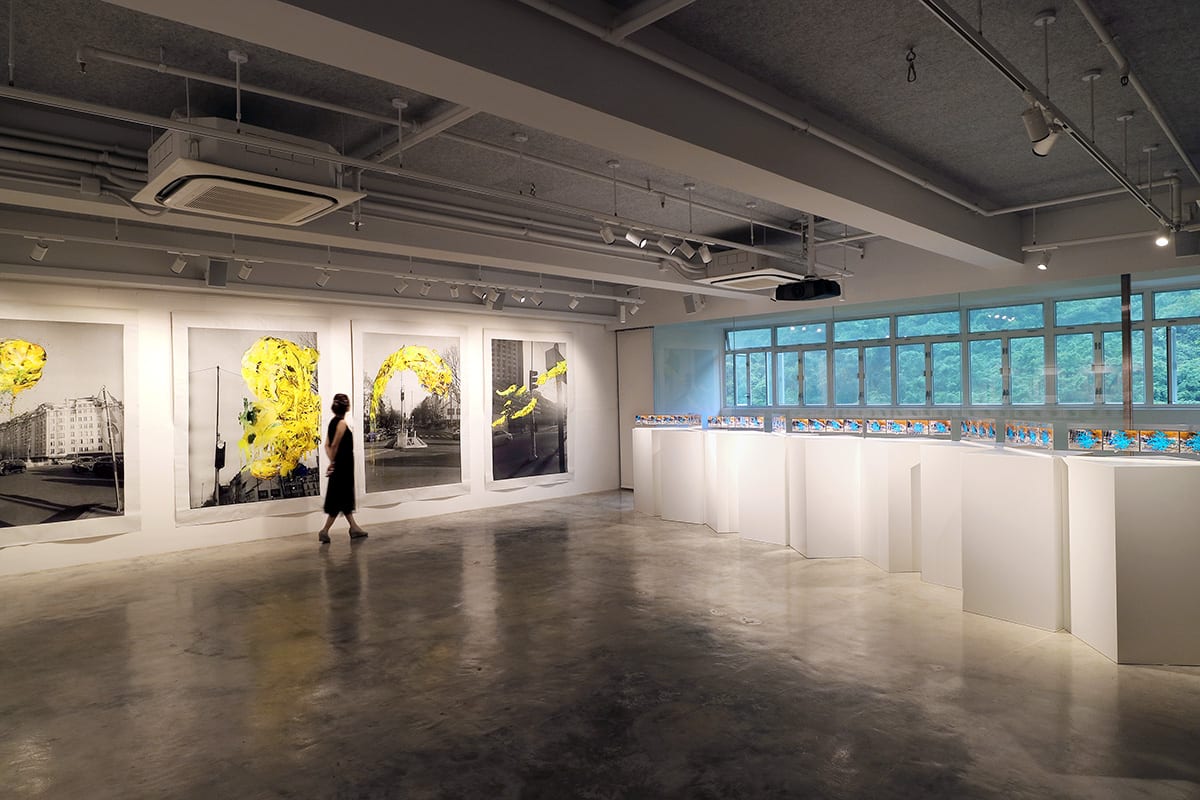
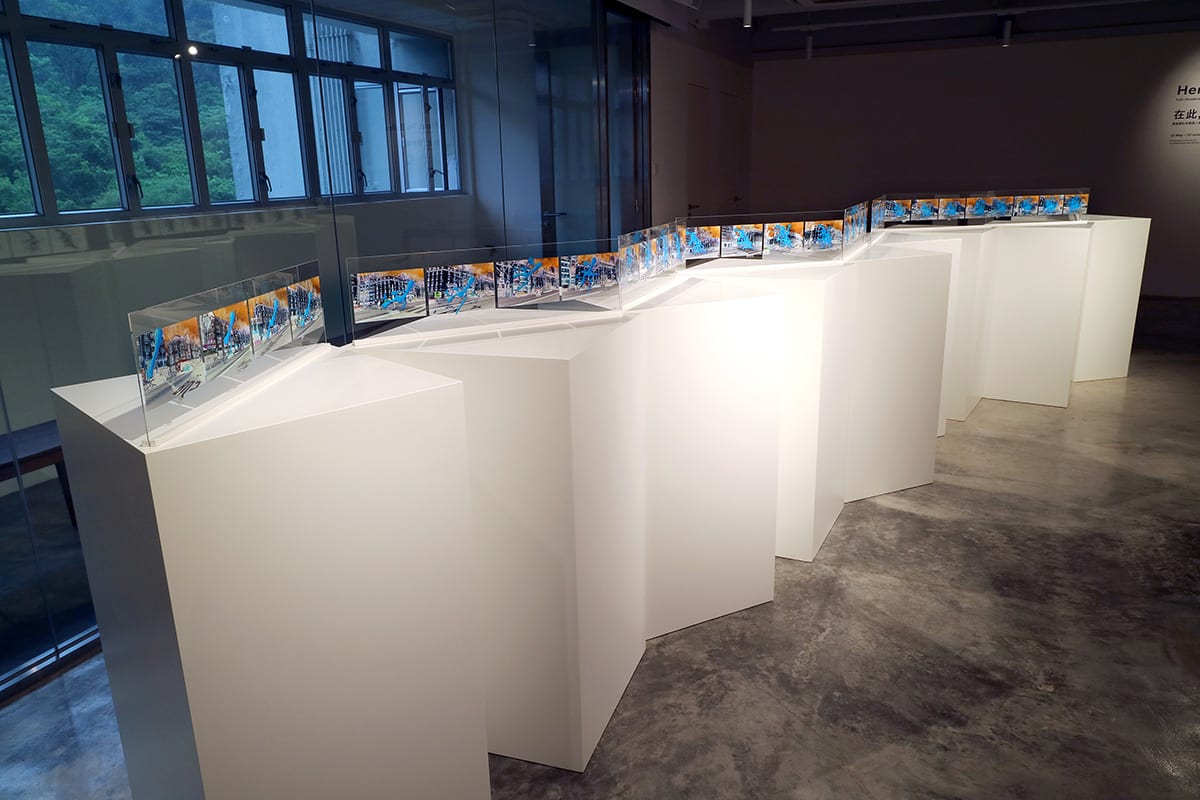
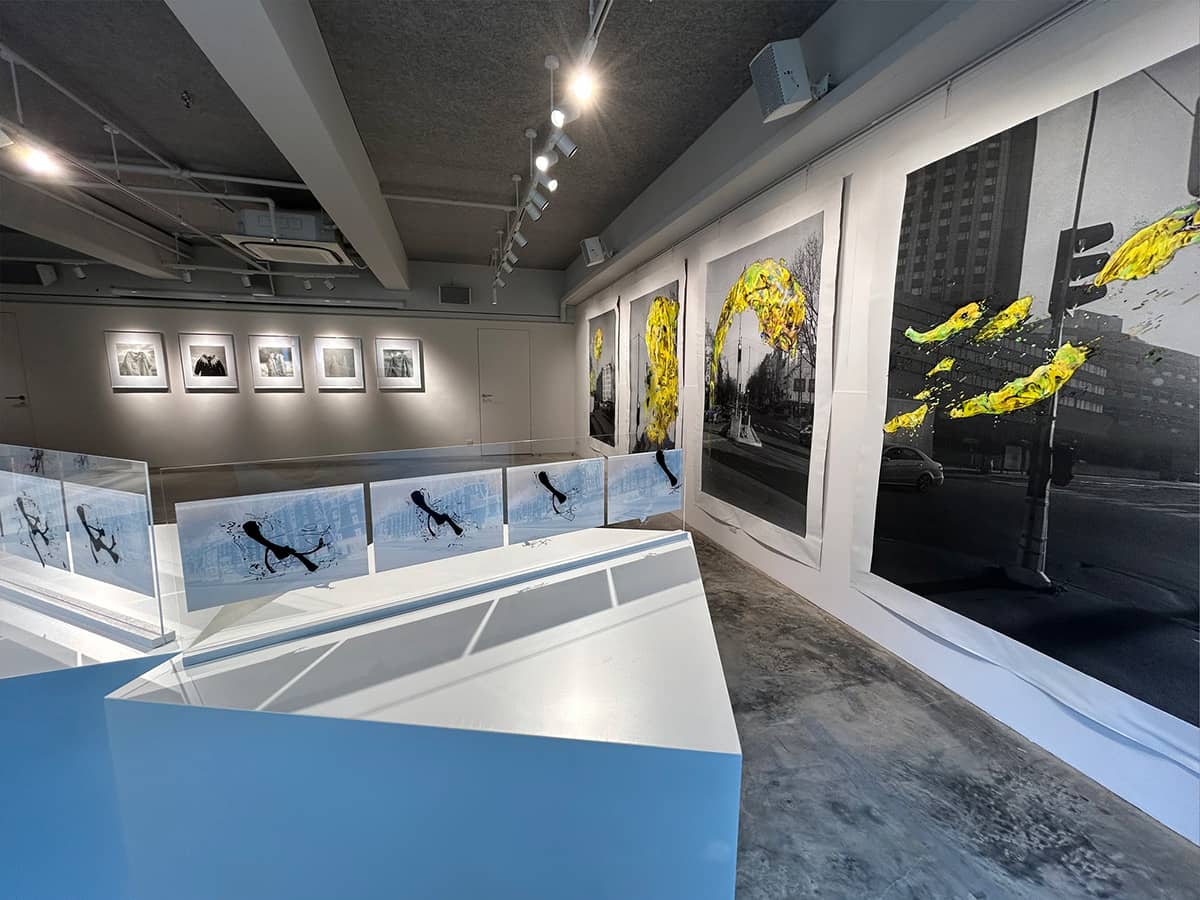
|
VIP Artist Reception |
11 May 2023 (Thursday) 17:00-20:00 |
|
Exhibition: |
12 May – 10 June 2023 |
|
Venue: |
wamono art WhatsApp 852 6822 2962 |
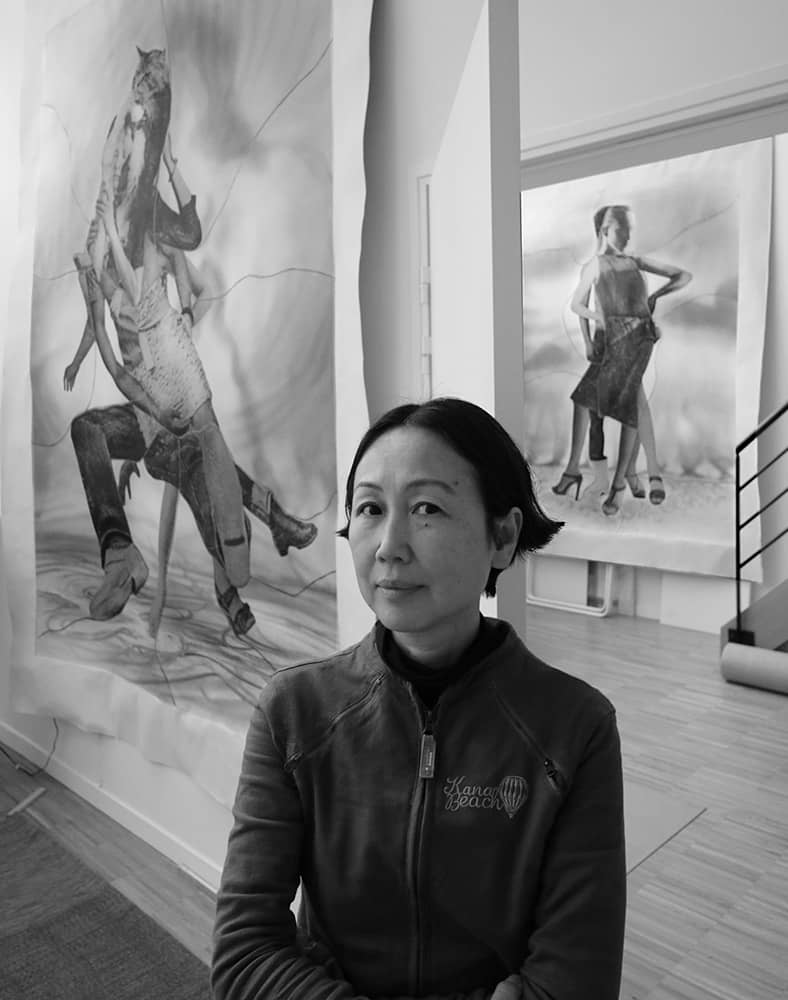
This is the first exhibition in Hong Kong by internationally renowned Japanese artist Yuki Onodera, who has been based in Paris for just three decades. Onodera is known for singular experimental works that employ photography as their medium, but extend beyond its bounds to encompass an astonishing variety of expression that includes collages measuring several metres, and the use of drip painting techniques.
wamono art will present Onodera’s 2022 Here, No Balloon series, which takes as its theme the bronze hot-air balloon monument by Bartholdi that once stood in the Porte des Ternes in Paris, but was melted down and lost to posterity in the 1940s. Photographing the location as it is today, sans this monument, Onodera utilises new Ricoh StareReap technology to add vibrant 2.5D prints several millimetres thick to the surface of two-metre gelatin silver prints she has processed by hand, in an unusual, one-of-a-kind series that throws into relief the fusion and collision of handmade photo and digital technology. Also on display will be other new and master works offering insight into one side of this artist’s incredibly broad practice.
Yuki Onodera was born in Tokyo (1962). In 1993, she established a studio in Paris and began to work internationally. Onodera’s experimental work, which does not fit within schemas of “photography,” often poses two questions: what is photography, and what can be done through it? She uses any possible method to realise her works, whether this means taking photographs with a marble inside her camera, or creating a story out of a legend and travelling to the ends of the earth to shoot it.
Onodera is known for making two-metre-high prints in the darkroom, or 8m size of collages, and for other original hands-on methods. Her works are presented in the “Elles@contrepompidou” (2009) an important exhibition at Centre Pompidou from the collection.
She won the prestigious awards Kimura Ihei Prize (2003, Japan) and Niépce Prize (2006, France).
Her work is held in collections of 30 institutions around the world, including those of Centre Georges Pompidou, San Francisco Museum of Modern Art, The J. Paul Getty Museum, Shanghai Art Museum, and The National Museum of Modern Art, Tokyo. Among other locations, her solo exhibitions have been held at The National Museum of Art, Osaka (2005), Shanghai Art Museum (2006), Tokyo Photographic Art Museum (2010), The Museum of Photography, Seoul (2010), Musée Nicéphore Niépce, France (2011), Maison Européenne de la Photographie, Paris (2015), and Centre de la Photographie de Mougins (2022).
「在此,沒有氣球」是國際知名的日本藝術家——奧諾黛拉有機,在香港的首次個展。她的作品以攝影作為媒介,但又超越了攝影的界限,涵蓋了各種驚人的表達方式,包括長達數米的拼貼畫,以及使用滴水畫技術去反映其藝術實踐。
wamono art 將介紹在2022年製作的 《在此,沒有氣球》系列作品 。這件作品以巴托爾迪的青銅雕像為基礎,該青銅雕像是巴黎特恩斯門的一座氣球紀念碑,它在1940年代被熔化。奧諾黛拉在沒有紀念碑的情況下拍攝現址,並在她手工處理的一張兩米長銀鹽照片的表面上,使用新技術StareReap打印了生動的2.5D素材。這個尋常且獨一無二的系列作品,更突出手工照片和數碼技術的融合和碰撞。此外,是次展覽還會展出她的近期作品,讓人們了解這位藝術家令人難以置信的廣闊藝術實踐。
奧諾黛拉有機出生於東京(1962年)。1993年,她在巴黎成立工作室,開始於國際間工作。奧諾黛拉的實驗作品不符合 「攝影」 的模式,經常提出兩個問題:「什麼是攝影?」,「 通過它可以做什麼?」她使用任何可能的方法來實現她的作品,無論是用相機裡的玻璃彈珠拍照,還是從傳說中創造一個故事,然後走到地球的盡頭去拍攝。
奧諾黛拉以在暗室中製作兩米高的照片或八米大小的拼貼畫以及其他獨有的手工方法而聞名。她的作品在龐畢度藝術中心的大型展覽「Elles@contrepompidou」(2009)中展出。
她獲得了享有盛譽的木村伊兵衛獎(2003 ),和Niépce獎(2006)。
她的作品被全球 30 家機構收藏,包括龐畢度藝術中心、三藩市現代藝術博物館、J.保羅蓋蒂博物館、上海美術館和東京國家現代藝術博物館。在其他地點,她的個展曾在大阪國立美術館(2005)、上海美術館(2006)、東京攝影藝術博物館(2010)、首爾攝影博物館(2010)、Musée Nicéphore Niépce ,法國(2011),Maison Européenne de la Photography ,巴黎(2015)和Centre de la Photography de Mougins (2022)
HERE, NO BALLOON
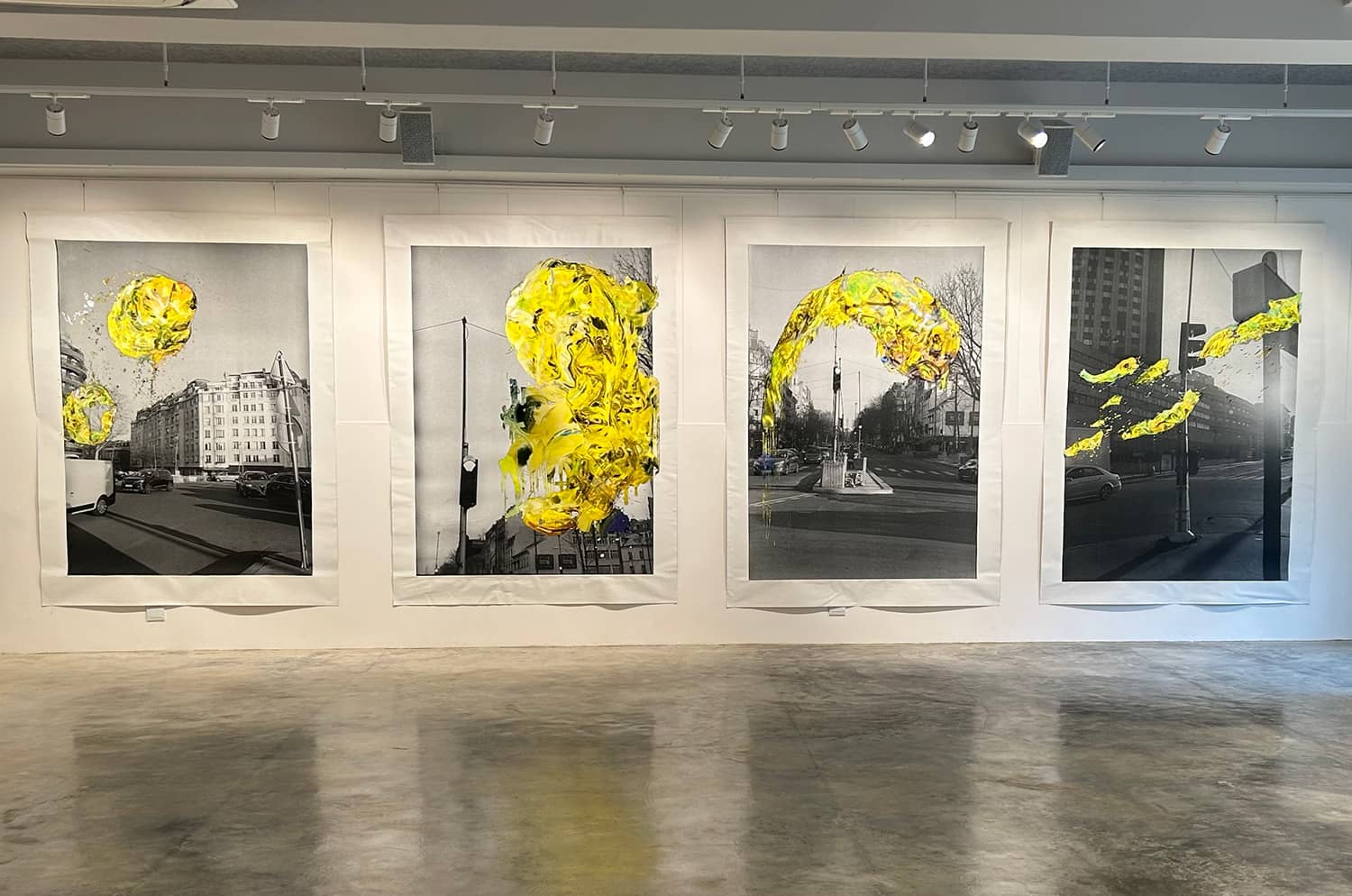
© Yuki Onodera, Here, No Balloon, No.1, 3, 4 and 6, 2022,
2.5D (StareReap) print on gelatin silver print, collage on canvas, 207 x 152 cm (No.1&3),
211 x 152 cm (No.4&6)
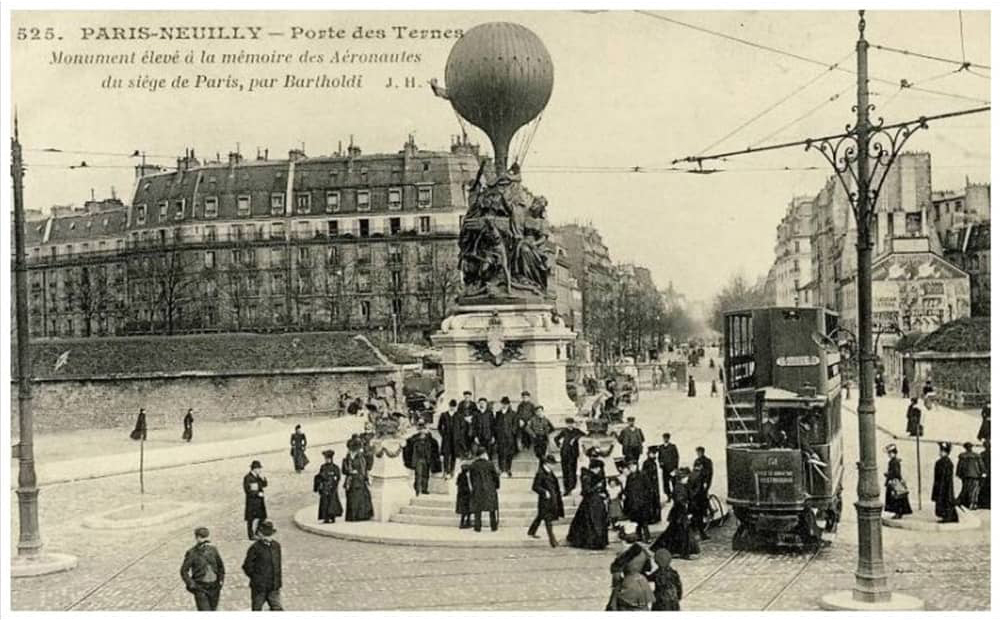
Porte des Ternes
This story begins with a single photograph taken in early 1900s Paris.
We see a crowd garbed in period dress posed in front of a triumphant monument. Multiple figures overlap in a writhing pile of bronze that supports a large balloon overhead. In all my years of living in Paris, I had never seen anything else quite like it. I did some research and learned the monument was designed by Bartholdi (the same sculptor best known for the Statue of Liberty) in celebration of hot air balloon pilots and carrier pigeons. The monument was destroyed long ago, melted down in 1941 along with hundreds of other sculptures during the Nazi occupation of Paris.I was unsettled by the thought that something so monumental could be melted down. In retrospect, I suppose it should have been obvious that bronze is metal and metal melts. Whereas the destruction of paintings and photographs entails burning or shredding, it dawned on me that when sculptures are melted down, their material can be reused, allowing them to be reborn as something new.
“Melting away into the slurry of a hundred sculptures . . .”
I grabbed a camera and headed to the Porte de Ternes. In the modern day, the site has a new monument in the form of a gleaming high-rise hotel that unabashedly punctures the skyline. A restaurant signboard bearing the name “Ballon des Ternes” was the only vestige of past memory. Imagining myself in the square as it looked in that old photograph, I walked around where the monument presumably once stood, documenting the scene on black-and-white film. All the while, my mind filled with thoughts of hot air balloons and carrier pigeons—modes of past technology and primitive communication. I returned to the darkroom and turned this film into large-format gelatin silver prints measuring nearly two-meters tall that would take on an even more outsized presence when assembled into a collage on coarse canvas.
The work in this exhibition combines the gritty, sand-like texture of these dramatically blown-up prints with the liquid layers of the StareReap printer to unique, interdimensional effect. For me, the process was tantamount to recalling and restoring the sculptures in an inversion of their destruction. In a meditation on this motif of “melting”, these digital photographs of an absent melted object were further developed in a molten solution that imbued them with myriad images, as if being overlayed with the weight of the passage of time. In a binary of collision and melding, we have the StareReap’s smooth yet contoured, paint-like color images and modern monochrome prints.
Life-size prints line the wall of Wamono Art as if you were there, revealing the squares of Paris. I hope the aberrant images transplanted onto these prints take viewers on a journey back through the fog of time, place, and image.
Yuki Onodera
在此,沒有氣球
這個故事始於 1900 年代初在巴黎拍攝的一張照片。
我們看到一群穿著古裝的人群站在勝利紀念碑前。 多個人影重疊在一堆扭動的青銅器中,青銅器支撐著頭頂上的一個大氣球。 在巴黎生活的這些年裡,我從未見過像它這樣的東西。我做了一些研究,了解到這座紀念碑是由 Bartholdi(以自由女神像而聞名的同一位雕塑家)為慶祝熱氣球飛行員和信鴿而設計的。 這座紀念碑很久以前就被摧毀了,在 1941 年納粹佔領巴黎期間與數百座其他雕塑一起被熔化。我對如此具有紀念意義的東西會被熔化的想法感到不安。 回想起來,青銅是金屬並且金屬熔化應該是顯而易見的。 繪畫和照片的銷毀需要焚燒或粉碎,但我突然意識到,當雕塑被熔化時,它們的材料可被重新利用,賦予他們新的生命。
“融化入一百個雕塑的溶液中。 . ”
我抓起相機前往 Porte de Ternes。 在現代,該地點被一座新的紀念碑取代,這一座紀念碑是一座閃閃發光的高層酒店,毫不掩飾地刺穿天際線。 餐廳的招牌上寫著“Ballon des Ternes”,是記憶中唯一的痕跡。 想像自己身處那張舊照片中的廣場,在曾經紀念碑矗立的範圍走來走去,用黑白膠片記錄下這一幕。 在此期間,我的腦海裡都充滿了熱氣球和信鴿的影像——過去的技術和原始通訊方式。 我回到暗房,將這捲菲林製作成近兩米高的大形明膠銀版印刷,當在粗糙的畫布上組裝成拼貼畫時,會顯得更大。
本次展覽中的作品將這些戲劇性放大印刷品中的沙子般質感與 StareReap 打印機液體層結合,形成獨特的跨維度效果。 對我來說,這個過程等於召回和恢復雕塑,以逆轉它們的破壞。 在對“融化”這一主題的沉思中,這些沒有融化物體的照片在融化的溶液中進一步顯影,為它們注入無數影像,彷彿被時間流逝的重量所覆蓋。 在碰撞和融合的二元對立中,我們有 StareReap 的平滑但輪廓分明、油漆般的彩色影像和現代單色印刷品。
真人大小的印刷品排列在 Wamono Art 的牆上,展現了巴黎的廣場,彷彿您身臨其境。 我希望移植到這些印刷品上的異常圖像能帶領觀眾穿越時間、地點和圖像的迷霧,回到過去。
奧諾黛拉有機
CHRONOPHOTOGRAPHY

© Yuki Onodera, Chronophotography No. 01-04, 2023, 2.5D (StareReap) print on acrylic board, 19.5 x 69.5cm
/ whole 9 pieces, 36 images 19.5 x 625.5cm.

© Yuki Onodera, Chronophotography No. 13-16, 2023, 2.5D (StareReap) print on acrylic board, 19.5 x 69.5cm
/ whole 9 pieces, 36 images 19.5 x 625.5cm.

© Yuki Onodera, Chronophotography No. 33-36, 2023, 2.5D (StareReap) print on acrylic board, 19.5 x 69.5cm
/ whole 9 pieces, 36 images 19.5 x 625.5cm.
“Chronophotography” or ” Sequence Photography “, reminds me of the passionate research of the French physiologist Étienne-Jules Marey (1830 -1904).

from the Book “La Machine animale”, Étienne-Jules Marey, 1872-1894
Among his inventions, the chronophotographic gun he created in 1882, which was designed to capture moving images, is particularly unique. Today, photographers call the act of taking pictures “shooting”. Ultimately, he was interested in the movements of humans, animals, insects, etc., and the purpose of his numerous inventions was to further deepen observation by deconstructing and visualizing movements. However, the titles of his researches, such as La Machine animale (The animal machine), chaussures exploratrices (explorer shoes), are so unique that they remind us of science fiction novels. This kind of integration of physiological research and photographic technology may have created the bizarre sci-fi like titles.
In 1902, which is a little later than the invention by Marey, a large airship with a length of 30m crashed on a street corner in Paris.
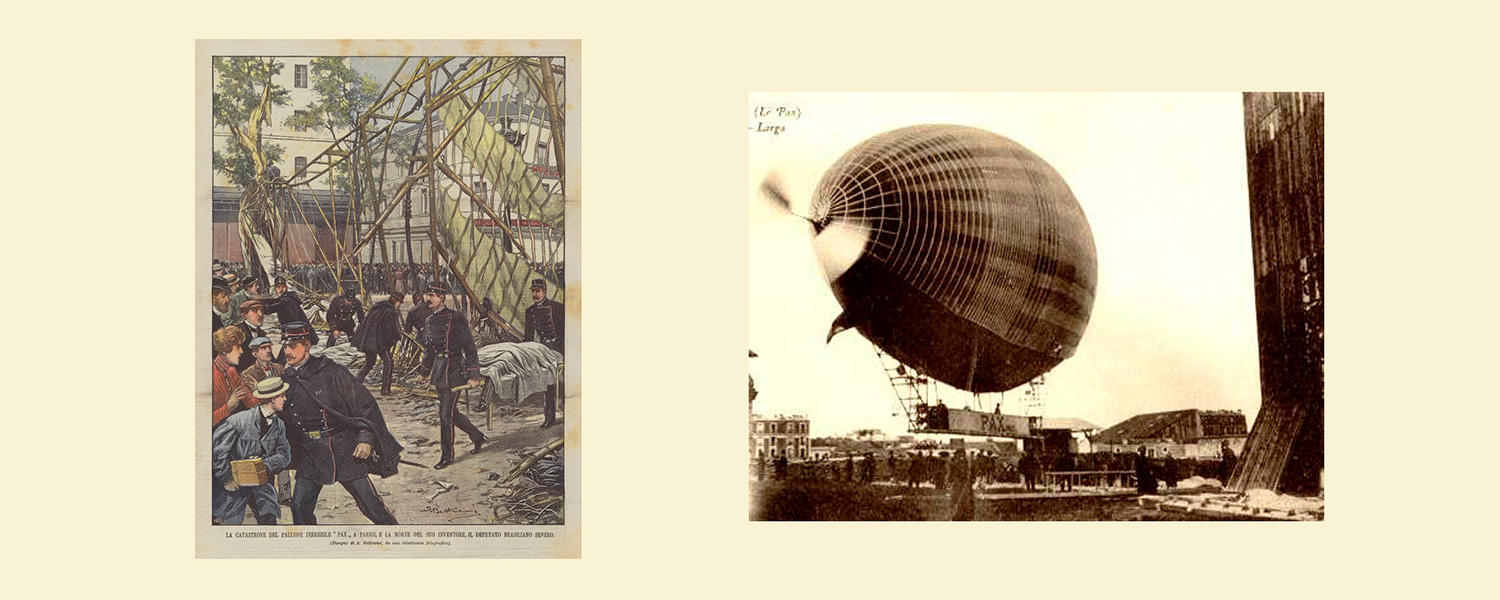
left: “La catastrophe du Ballon Dirigeable Pax à Paris”, illustraion by Achille Belframe, 1902
right: Dirigible balloon, “Pax”, 1902
It happened near the intersection of Avenue du Maine and Rue de la Gaîté which is not far away from my studio. The airship “PAX” departed from the suburbs of Paris for its test flight, but suddenly its gas caught fire and the airship became uncontrollable. Then it crashed into the pavement, killing two brave challengers: the inventor Auguste Severo and the engineer Georges Saché. I decided to capture the streets where the crash happened as a series of photographs. Unlike Marey’s works in which the subject moves, I myself move and take pictures. Of course, there doesn’t seem to be any vestiges of the time when the airship crashed on that street, but even so, I tried to move slowly towards the point where it crashed. I clicked the shutter at a certain point, then moved the distance I set by myself and clicked the shutter again. I repeated the same movement and ended when 36 shots were taken. As I do the shooting, I started to create the objects imagining the impact of accident if I had witnessed the crash of the airship.
From here on, it becomes a freewheeling creation that is far from Marey’s serious research. Related to the airship that floats in the sky, I used the bones of the flying birds as the material. The flying bird was something the airship inventor dreamed of. The object begins with a single bird bone. As I added the bones one by one, I photographed it. It changes little by little, and it becomes a complicated object in the end. During this creative process, I was conscious of the movement. While the movement captured by Marey is the unshakable movement of reality, my movement was a creation which emerges from my physicality.
I wanted to create a work which combine the era and esprit in the 19th and early 20th century when these inventions and events emerged such as photography, animal machines, sequence photography, animation, balloons, airships, etc. Therefore, even though this series was shot with a digital camera and finished with 2.5D print, which is Ricoh’s latest technology, some processes simulate past technology. For example, as the negatives are opposed to positives, the street corner scenes are all negatives with the gradation reversed from reality. I also reversed the landscape from left to right as if I had seen it in a mirror. It’s a parallel world that’s a little off from reality. I believe that this phenomenon of reversal is the core of past photographic technology. In digital technology, there is no reversal in the process of creating a photograph, but once you step into the town, you will see reversal of left and right in the reflection of every window. The number of 36 shots is also a meaningless number for a digital camera. In this series, 2.5D is printed on a transparent acrylic plate. In the conventional ink jet printing, it is not possible to fix the images on this kind of smooth material as the ink is running. 2.5D print made it possible to harden the ink by projecting ultraviolet rays.
Thirty-six images fixed on a transparent acrylic plate which passes the lights are lined up. The light slightly passes through the image part, representing the reality which is hanging in midair like a negative film. I want you to imagine this, the gradation of the main blue object in the image is also reversed, so the object I made was actually orange like a burning flame.
Yuki Onodera 20 April 2023
計時攝影
“計時攝影” 、 “連續攝影” 讓人想起法國生理學家艾蒂安-朱爾斯·馬雷(1830 -1904 年)充滿激情的工作。
在他的發明中,他於 1882 年發明的照相步槍尤為獨特,這種步槍旨在一次捕捉連續的運動。今天的攝影師把拍照的行為稱為“射擊” 。歸根結底,他的興趣在於人、動物、昆蟲等的移動,而他眾多發明的目的是通過拆解和可視化移動來進一步加深觀察。他的眾多研究作品,如《動物機器》和《探索者鞋》,具有與科幻小說直接相關的獨特性。這種生理學研究與攝影技術的結合,或許造就了這部離奇的科幻小說。
好吧,時代是比那晚一點的1902年。一艘全長30米的大型飛艇在巴黎街頭墜毀。
它靠近我工作室附近的緬因大道和蓋特街的交叉口。飛艇PAX從巴黎近郊起飛,正在進行試飛,但因被氣體困擾、火勢無法控制,墜毀在人行道上,發明家奧古斯特·塞韋羅和工程師喬治·薩赫遇難。
我決定將那場墜毀劇的街道拍攝成一系列照片。與馬雷不同,拍攝對象會移動,但我自己會移動並拍照。當然,那條街道上似乎沒有飛空艇墜毀時的痕跡,但即便如此,我還是努力朝著墜毀的地方慢慢移動。在某一點釋放快門,移動您自己設定的距離並再次釋放快門。繼續同樣的操作,拍攝到36張時結束。在拍攝的同時,我開始製作物體,想像那種撞擊,就好像我親眼目睹了飛艇墜毀一樣。從這裡開始,它變成了一種與馬雷認真研究相去甚遠的隨心所欲的創作。以漂浮在天空的飛艇為原型,以飛翔在天空的鳥類的骨頭為素材。飛艇發明家夢寐以求的鳥。物件從單根鳥骨開始,逐一添加,拍照記錄。它一點一點地變化,最後變成一個複雜的物體,
那時,我一直意識到移動並創造了它。然而,在這裡,馬雷捕捉到的移動並不是現實中不可動搖的移動,而是一種從我的身體中浮現出來的形式。
我想把19世紀和20世紀初出現的發明和事件,也就是攝影精神、動物機器、連環攝影、動畫、氣球、飛艇等等,和那個時代的東西拼湊成一部作品。因此,儘管該系列是用數碼相機拍攝並採用理光最新技術 2.5D 打印完成的,但某些過程還是模仿了過去的技術。比如以底片為正片,街角的場景都是底片,層次與現實相反。我還把底片的風景從左到右倒過來,就像我在鏡子裡看到的一樣。這是一個與現實有些偏差的平行世界。我相信這種反轉現像是過去攝影技術的核心。在數字技術中,沒有定時在創作照片的過程中體驗反轉,至於左右顛倒,如果你進城一步,我在每個窗口反射中都看到它。36張這個數量對於數碼相機來說,也是一個沒有意義的數字。
固定在透光的透明亞克力板上的 36 幅圖像排成一行。光線略微穿過圖像部分,表現出像底片一樣,懸在半空中的真實感。我想讓你想像一下,圖像中主要藍色物體的層次也是顛倒的,所以我製作的物體實際上是橙色的,就像燃燒的火焰。
奧諾黛拉有機 2023年4月20日
PORTRAIT OF SECOND-HAND CLOTHES
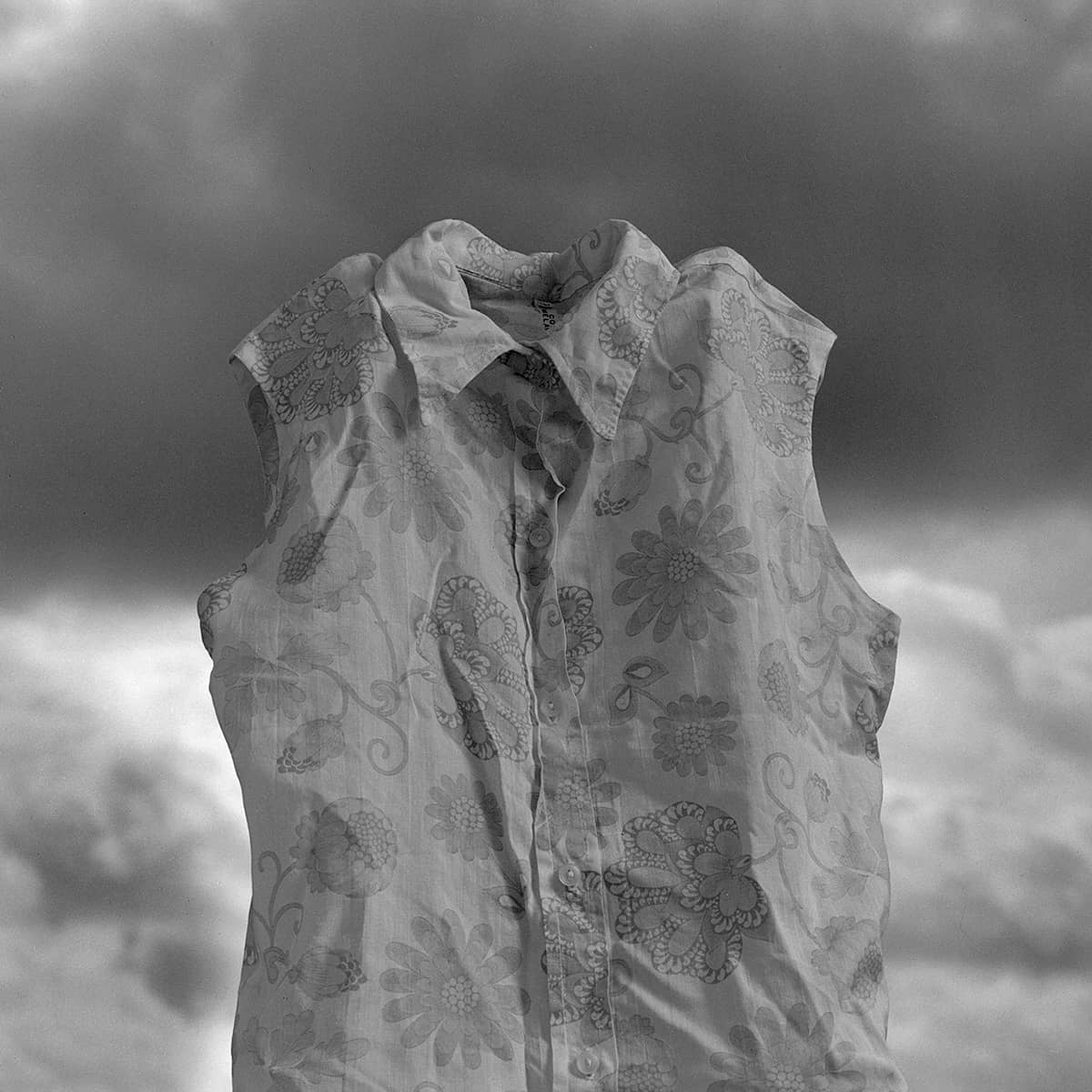
Portrait of Second-hand Clothes No.01
1994
gelatin silver print, 60 x 50 cm
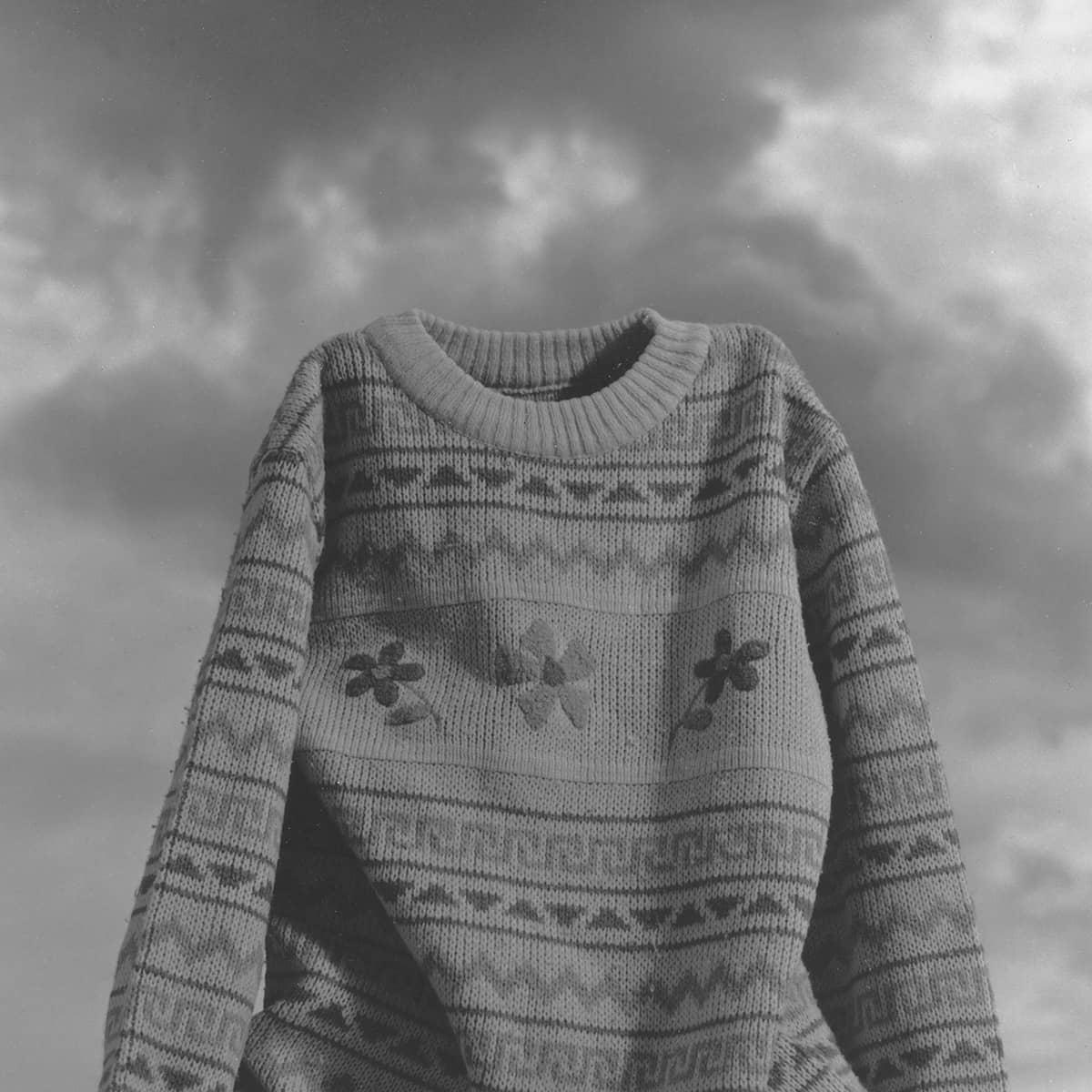
Portrait of Second-hand Clothes No.14
1994
gelatin silver print, 60 x 50 cm
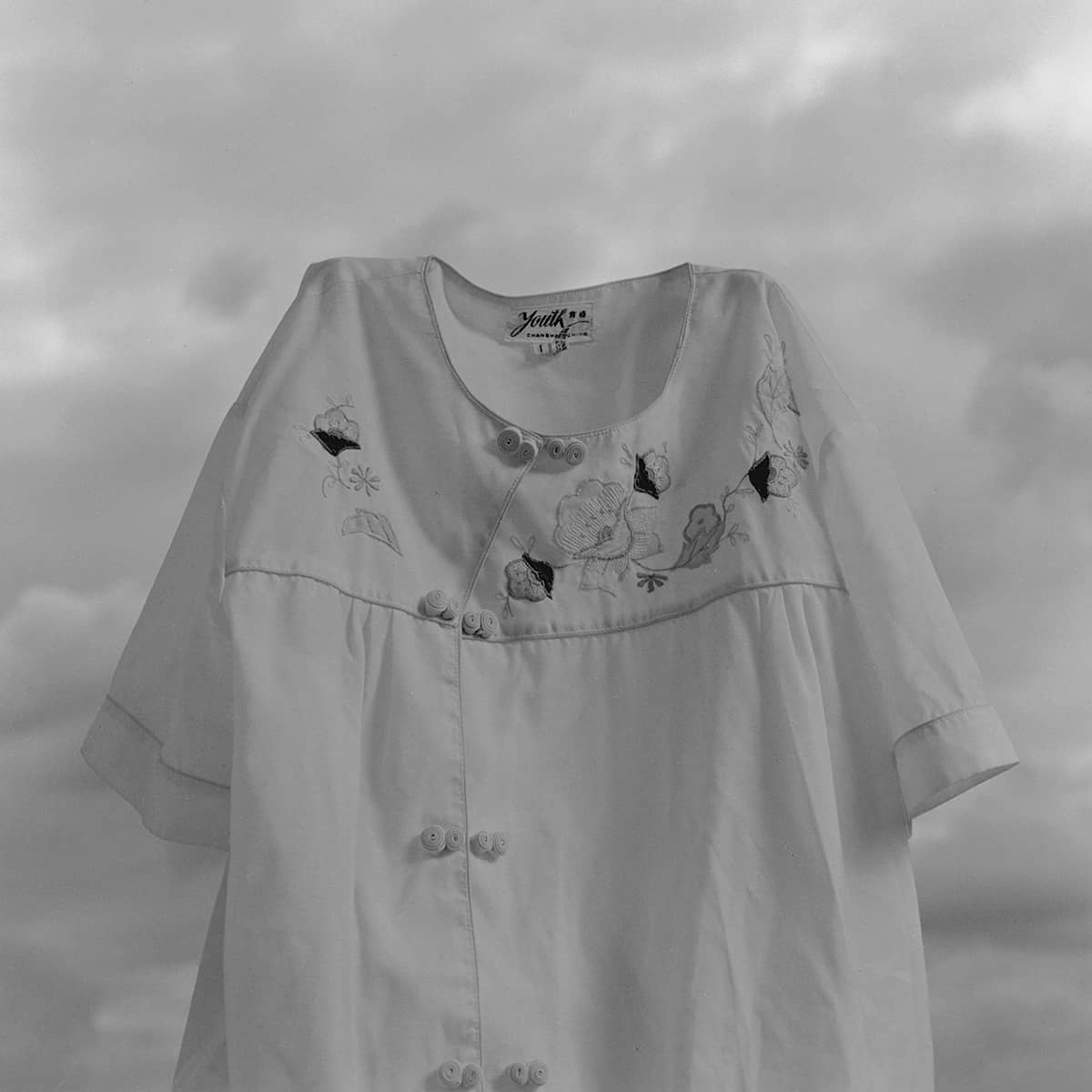
Portrait of Second-hand Clothes No.19
1994
gelatin silver print, 60 x 50 cm
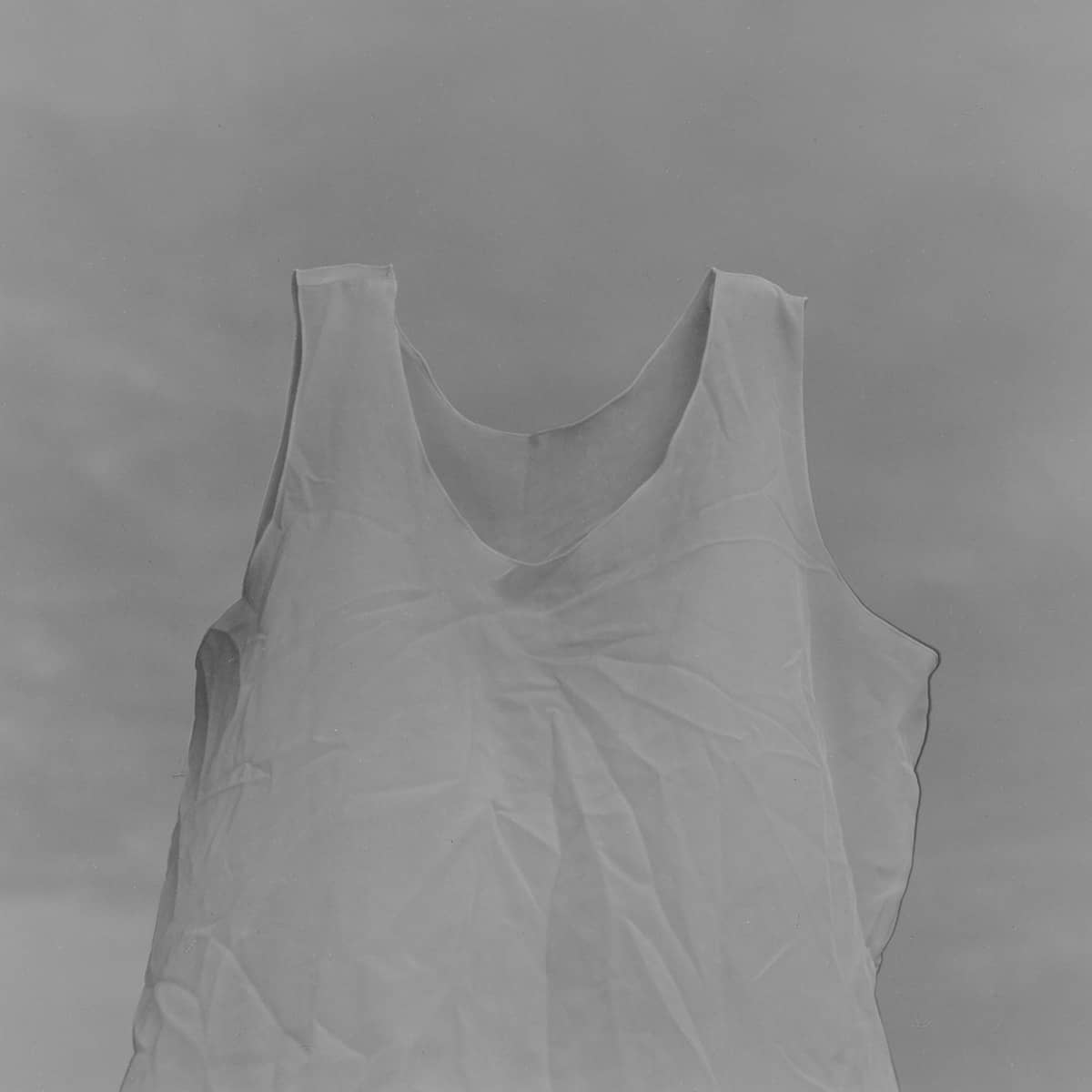
Portrait of Second-hand Clothes No.30
1994
gelatin silver print, 60 x 50 cm
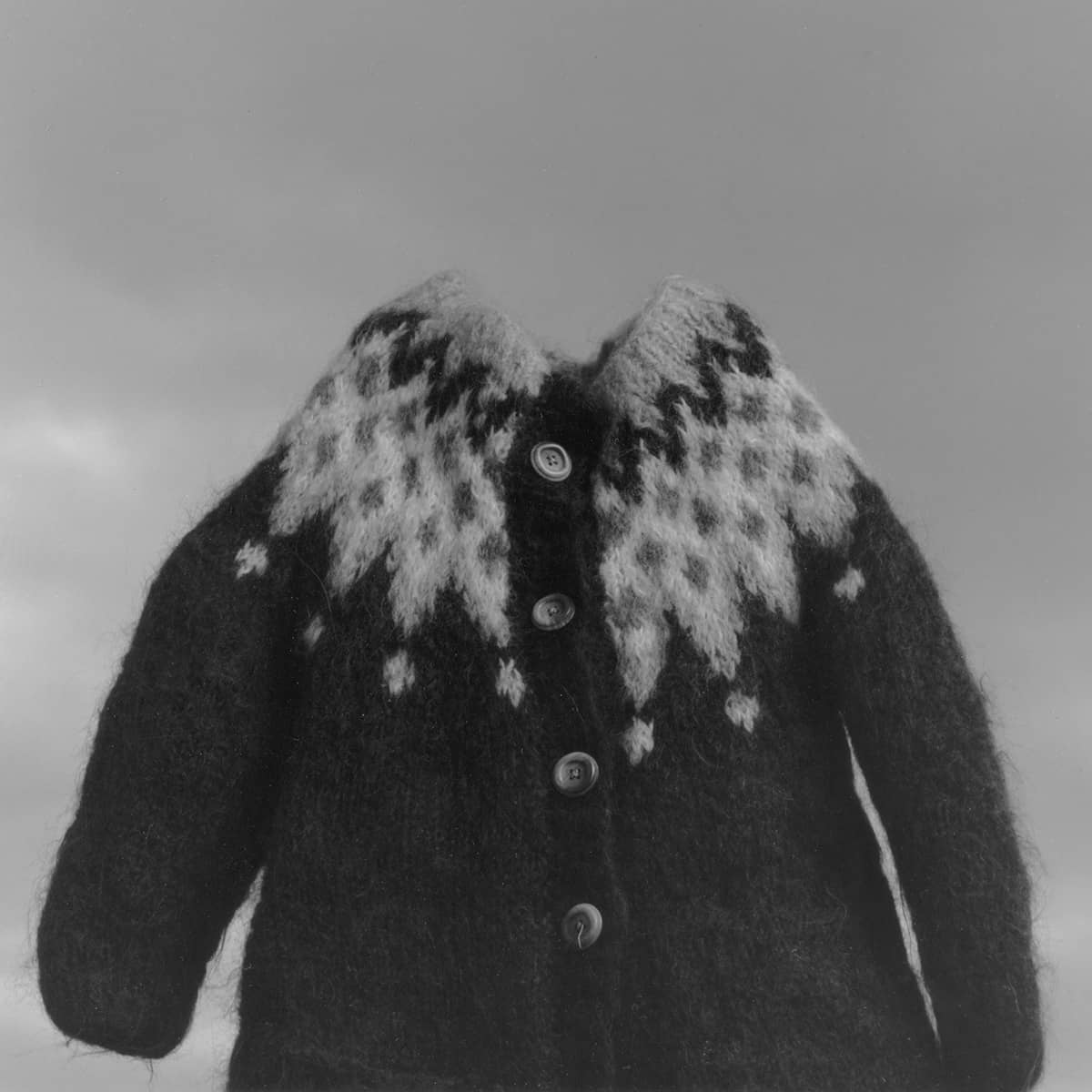
Portrait of Second-hand Clothes No.48
1994
gelatin silver print, 60 x 50 cm

This is an early work in which Onodera mounts about fifty pieces of used clothing in front of the window of her apartment in Montmartre, Paris. She acquired the second-hand clothes at Christian Boltanski’s 1993 Paris exhibition “Dispersion”. Boltanski had created a large heap of used clothing, and visitors to the exhibition were allowed to take a bag of clothes home for the fee of ten francs. Onodera did just that, and then mounted each of the pieces of clothing, symbolic of death in Boltanski’s work, thereby symbolically restoring them to individual life and capturing them as bodiless portraits.
Since its first presentation in Tokyo in 1995, it has been exhibited in museums, festivals and galleries around the world. This series works are in the collections of 13 important museums around the world;
Musée National d’Art Moderne, Centre Pompidou, Paris.
Musée Nicéphore Niépce, Chalon-sur-Saône, France.
le Fonds Municipal d’Art Contemporain, Paris.
Bibliothèque Nationale de France, Paris.
San Francisco Museum of Modern Art, California, U.S.A.
The Peabody Essex Museum (PEM) of Salem, Massachusetts, USA.
Three Shadows Photography Art Centre, Beijing, China.
The Museum of Photography, Seoul.
Tokyo Photographic Art Museum, Tokyo.
The National Museum of Art, Osaka, Japan.
Tochigi Prefectural Museum of Fine Arts, Utsunomiya, Japan.
The Museum of Modern Art, Gunma, Japan.
Kawasaki City Museum, Japan.
二手衣服的肖像
這是奧諾黛拉的早期作品她在自己位於巴黎蒙馬特高地的公寓窗前放置約五十件舊衣服。 她在 Christian Boltanski 1993 年的巴黎展覽“Dispersion”中獲得了二手衣服。 Boltanski 創造了一大堆舊衣服,展覽的參觀者可以支付 10 法郎的費用將一袋衣服帶回家。 奧諾黛拉正是這樣做的,然後將每一件在 Boltanski 的作品中象徵著死亡的衣服都豎立起來,從而像徵性地將它們還原為個體生命,並將它們捕捉為無身體的肖像。
自 1995 年在東京首次展出以來,這作品已在世界各地的博物館、節日和畫廊展出。 該系列作品被全球13個重要博物館收藏;
法國國家現代藝術博物館,蓬皮杜中心,巴黎。
Musée Nicéphore Niépce,Chalon-sur-Saône,法國。
le Fonds Municipal d’Art Contemporain,巴黎。
法國國家圖書館,巴黎。
美國加利福尼亞州舊金山現代藝術博物館
美國馬薩諸塞州塞勒姆的皮博迪埃塞克斯博物館 (PEM)。
三影堂攝影藝術中心,北京,中國。
首爾攝影博物館。
東京寫真美術館,東京。
日本大阪國立美術館。
日本宇都宮栃木縣立美術館。
日本群馬縣現代藝術博物館。
日本川崎市博物館。
Presented by wamono art
In collaboration with RICOH 2.5D print “StareReap”
主辦機構︰wamono art
合作機構︰RICOH 2.5D print “StareReap”

